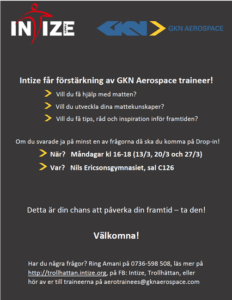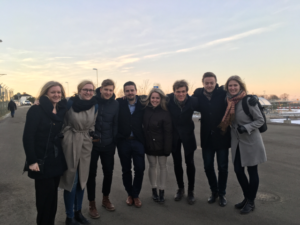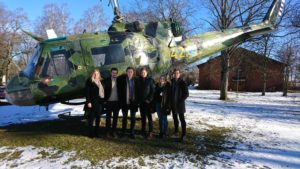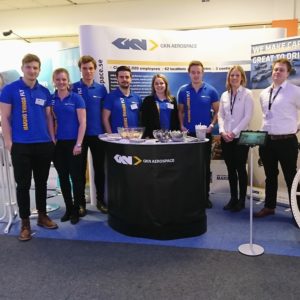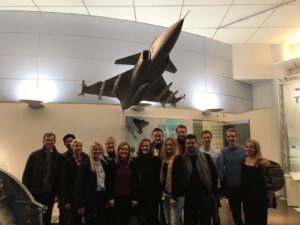Guestpost from Nick
Hello readers!
In case you missed my previous introduction, my name’s Nick and I’m a part of the global graduate program here in the USA. I’m currently working at GKN Aerospace’s facility in El Cajon, California (not far from San Diego). Our facility is split into nine different buildings, all manufacturing a wide range of parts for a few different companies.
The facility can be split into two main business units. First is aviation repair, which makes up about a third of our workforce. Their job is to repair turbine blades that have small defects which are usually chips caused by corrosion. The other part of the business is all about manufacturing various engine components.
Currently, I’m working as a quality engineer in building 2 engineering. Here in building 2 we’re producing three main families of parts; the Trent rear fan case, the Allison compressor case, and the ARC case. As a Quality Engineer, my job is to make sure every part meets our customer’s specifications. You can think about this two ways, working to ensure our parts meet their specifications proactively and retroactively.
Working proactively can be boiled down into preparing each part for successes. This is done first by making sure all the requirements of a part are captured and properly measured. Currently, I’m working to create a first article report for a new drawing revision on our Trent 7000 rear fan case. This involves a lot of work looking at every detail on the print our customer supplies, and ensuring that every relevant dimension on the print is measured and recorded at some point in our manufacturing process. On a first article, our customer will be inspecting this recorded data to ensure its completeness. To do this, I work closely with the Manufacturing Engineer to ensure that the processes they are developing capture the requirements. I also work with the Senior Quality Engineer on my program, Phil Lankford, to develop new gauges we can use to capture some of these requirements more efficiently and accurately. I’ve been learning a lot about design work in doing this, creating models and sketches while also ensuring the gauge design will capture what we want it to through mathematical diligence.
Working retroactively means facing the reality that, unfortunately, parts can be made that do not meet our customer’s specifications. In this case, I work to understand the nature of the nonconformance, mainly; what is it, where is it, what specification is out of tolerance, by how much, and how did it happen. Understanding these are all very important to our customers and us, but “how did it happen” is often the most important. For each nonconformance, we have a meeting to discuss the root cause and corrective action (RCCA). Root cause can be found by asking a series of “Why?” questions (i.e. “why is hole in the wrong location?” “because the program drilled the hole in the wrong location” “Why did the program…?”) until the last answer is your root cause.
Corrective action can be split into immediate actions to ensure the same nonconference is not happening on any other similar parts, and long term goals to ensure the same thing does not happen again. We gather this information and send it to our customers so they can be made aware of the issue and determine the next steps; either accepting it as is, issuing a repair, or (in the worst case) not accepting the part. Often, the more in depth the RCCA and clearly described the nonconformance is, the more likely our customer is to accept the nonconformance and buy the part.
In these past few months I’ve learned a lot about the manufacturing process, from the print to final produced part and everything in between. I’ve learned about what it takes to make a part that meets our customer’s specifications, and what to do when they don’t. I’ll be rotating one more time here at El Cajon, to another building, after the first article is finished and then it’ll be Sweden in September. I can’t wait to keep you updated!
-Nick
